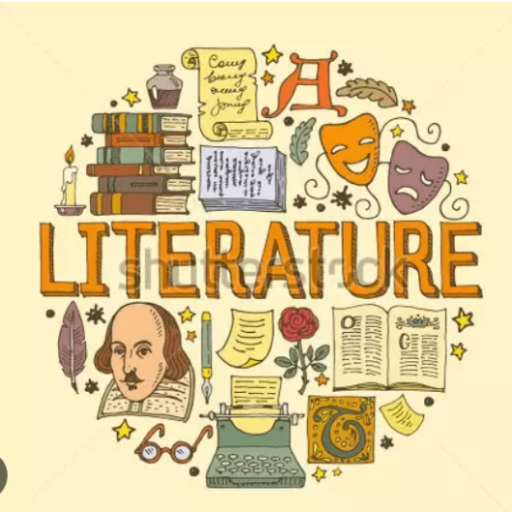T.S. Eliot’s “The Waste Land” is widely regarded as a groundbreaking modernist masterpiece. This article explores the notion of “The Waste Land” as a modern epic, showcasing its epic qualities and its profound impact on the literary landscape of the 20th century. Divided into six sections, we delve into the key characteristics that define “The Waste Land” as a modern epic.
The Waste Land as a Modern Epic: Unveiling T.S. Eliot’s Magnum Opus
Epic Scope and Ambition:
“The Waste Land” possesses a grand and expansive scope that mirrors the traditional epics of ancient civilizations. Spanning multiple cultures, time periods, and voices, Eliot’s poem traverses the breadth of human history and experience.
Advertisement
Its allusions to myth, literature, and religious texts connect the past, present, and future. In this way, it presents a comprehensive portrayal of the human condition in the modern era.
Advertisement
Fragmentation and Narrative Complexity:
One of the defining characteristics of “The Waste Land” is its fragmented structure and narrative complexity. Rather than following a linear storyline, the poem is composed of disjointed fragments, shifting perspectives, and multiple voices.
Advertisement
This fragmentation reflects the fractured nature of modern life, where traditional narratives and cohesive identities have disintegrated, and meaning has become elusive.
Advertisement
Mythological and Intertextual Allusions: The Waste Land as a Modern Epic
Eliot’s extensive use of mythological and intertextual allusions adds a layer of depth and universality to “The Waste Land.” By drawing on various mythologies, including Greek, Christian, and Hindu, the poem connects to collective human experiences and archetypal symbols.
These allusions serve to transcend the individual and resonate with a broader audience, inviting readers to contemplate the timeless themes and struggles presented in the epic.
Exploration of Modern Society’s Degeneration:
Similar to traditional epics that explore the downfall of civilizations, “The Waste Land” examines the degeneration and spiritual decay of modern society.
Eliot paints a bleak portrait of a fragmented and disillusioned world, grappling with issues such as war, materialism, existential angst, and the loss of traditional values. The poem serves as a critique of the modern condition, exposing the wasteland that lies beneath the façade of progress.
Symbolism and Multilayered Meaning:
Symbolism plays a vital role in “The Waste Land,” contributing to its epic stature. Eliot employs a wide range of symbols, such as water, fire, fertility, and the Fisher King, to convey profound layers of meaning.
These symbols function as metaphors for spiritual desolation, cultural decline, and the longing for regeneration. Each symbol operates on multiple levels, inviting readers to engage in deep interpretation and contemplation.
Search for Redemption and Spiritual Renewal:
Amidst the desolation and despair, “The Waste Land” offers glimpses of hope and the possibility of redemption. The poem concludes with a sense of yearning for spiritual renewal and the potential for salvation.
Just as traditional epics often conclude with the promise of a better future, Eliot’s epic vision suggests the potential for individual and collective regeneration through self-reflection, cultural reevaluation, and spiritual awakening.
Conclusion: The Waste Land as a Modern Epic
“The Waste Land” transcends the conventional boundaries of poetry, embodying the characteristics of a modern epic. Its epic scope, fragmentation, intertextuality, exploration of societal decay, symbolism, and the quest for redemption all contribute to its epic stature.
T.S. Eliot’s magnum opus not only redefined modernist poetry but also stands as a testament to the enduring power of the epic tradition, providing a profound and thought-provoking exploration of the human condition in the modern era.

